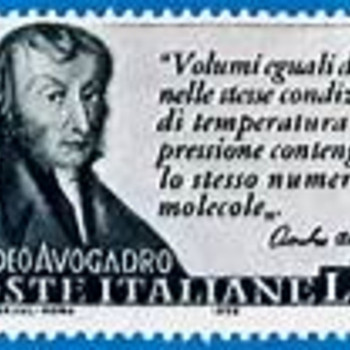How do you balance this chemical equation: #P_4 + NO_3 -> H_2PO_4^-##+ NO#?
1 Answer
I assume you mean
Explanation:
Elemental phosphorus is oxidized to phosphoric acid
Oxidation half equation:
Reduction half equation:
Both equation are balanced with respect to mass and charge. We cross multiply the redox equation to remove electrons:
i.e.
This is stoichiometrically balanced with respect to mass and charge. It is a fact, however, that these phosphorus digestions were conducted in alkaline media. So I simply have to add
Possibly, you have dragged this scheme from the old Russian literature (1960's-1980's); this chemistry was very hard to reproduce. As this scheme suggests, the nitrate anion can be a potent oxidant, but often its redox potential is masked in aqueous chemistry.

